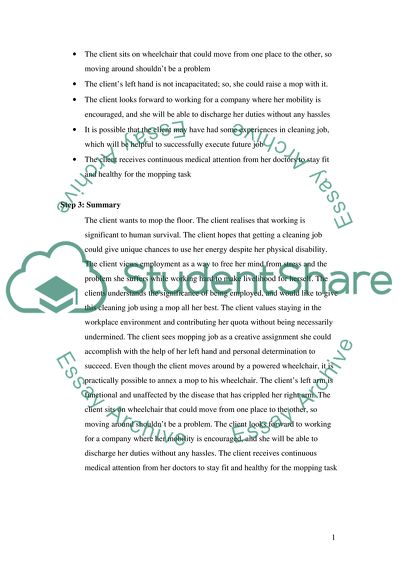Cite this document
(Occupational Therapy for Physical Dysfunction Assignment, n.d.)
Occupational Therapy for Physical Dysfunction Assignment. Retrieved from https://studentshare.org/health-sciences-medicine/1728928-occupational-analysis-and-assessment-report
Occupational Therapy for Physical Dysfunction Assignment. Retrieved from https://studentshare.org/health-sciences-medicine/1728928-occupational-analysis-and-assessment-report
(Occupational Therapy for Physical Dysfunction Assignment)
Occupational Therapy for Physical Dysfunction Assignment. https://studentshare.org/health-sciences-medicine/1728928-occupational-analysis-and-assessment-report.
Occupational Therapy for Physical Dysfunction Assignment. https://studentshare.org/health-sciences-medicine/1728928-occupational-analysis-and-assessment-report.
“Occupational Therapy for Physical Dysfunction Assignment”, n.d. https://studentshare.org/health-sciences-medicine/1728928-occupational-analysis-and-assessment-report.


